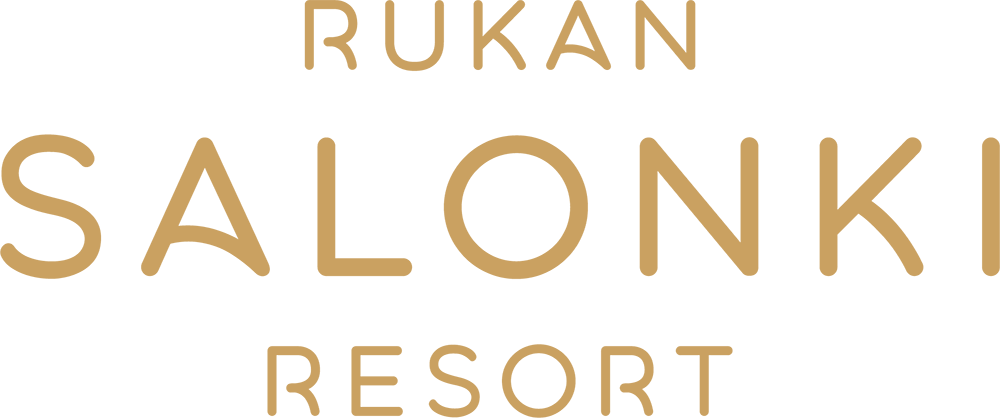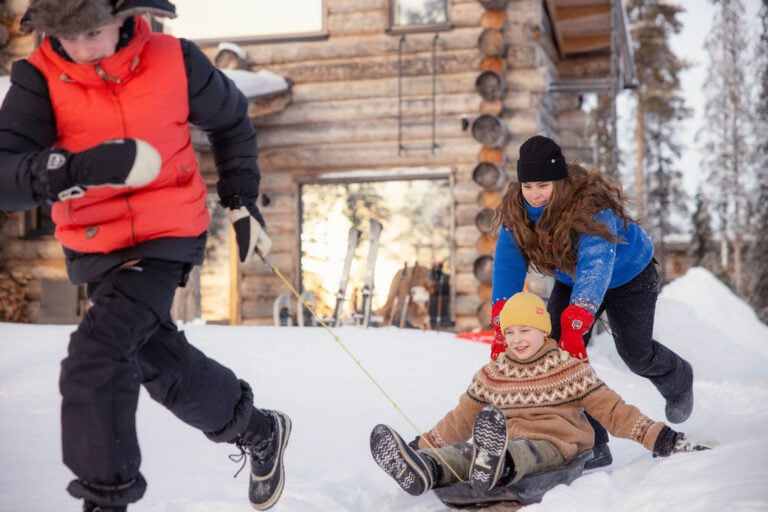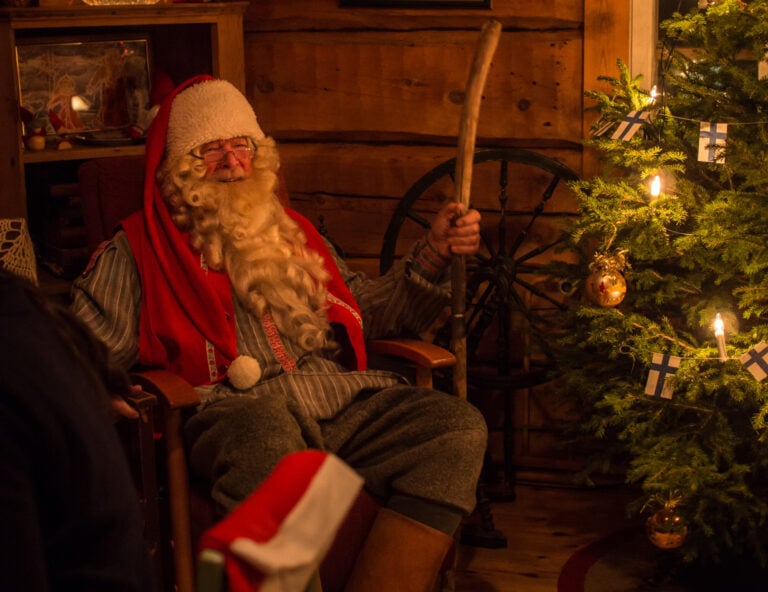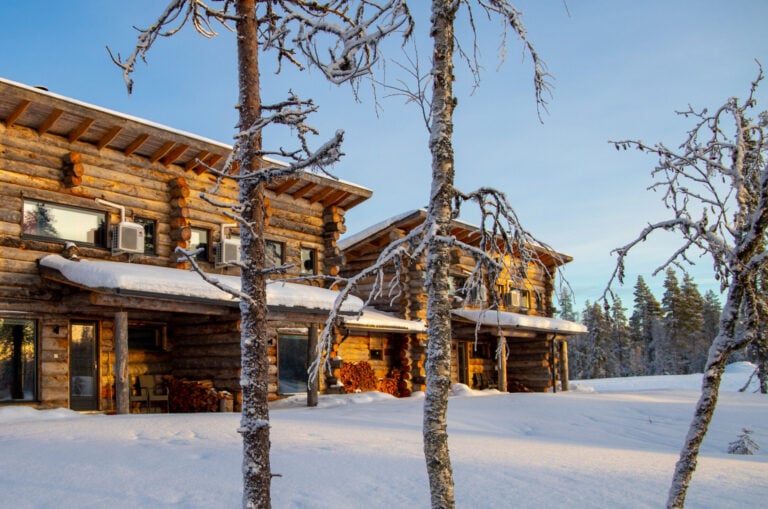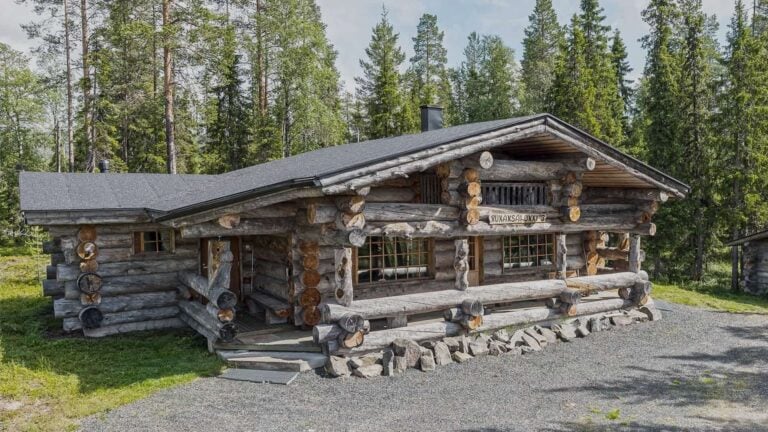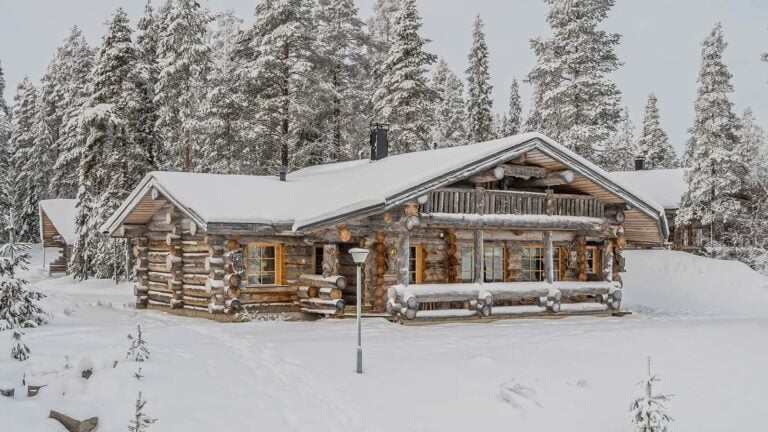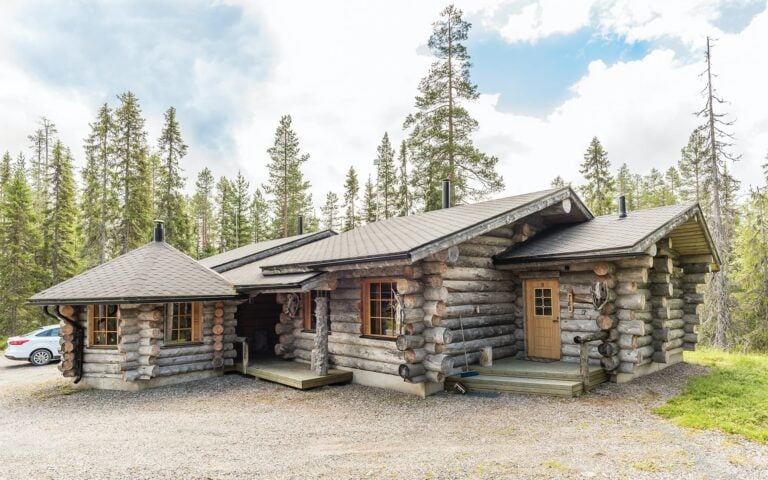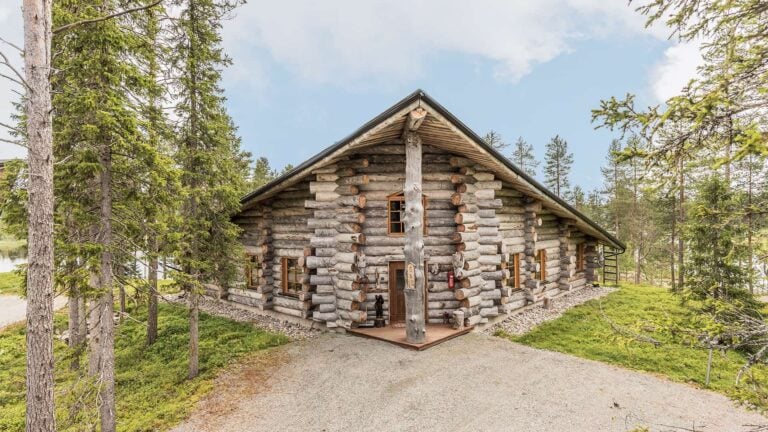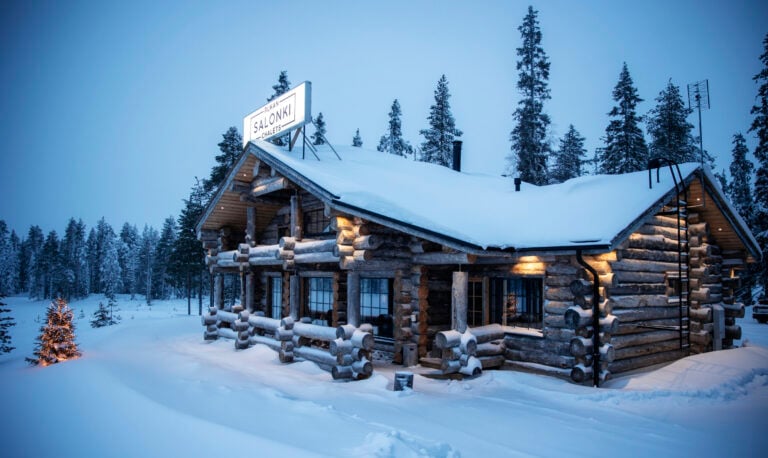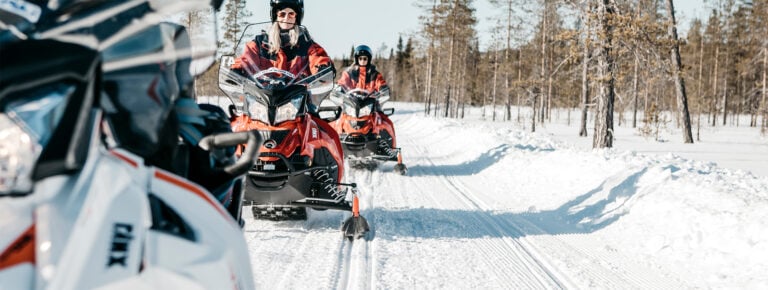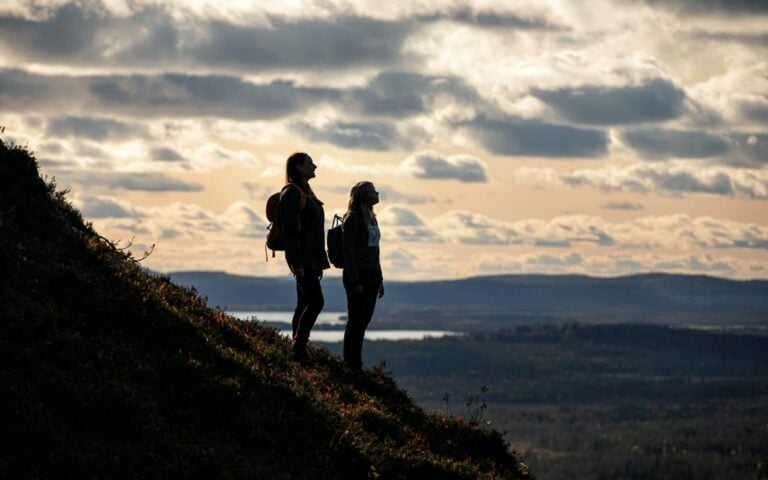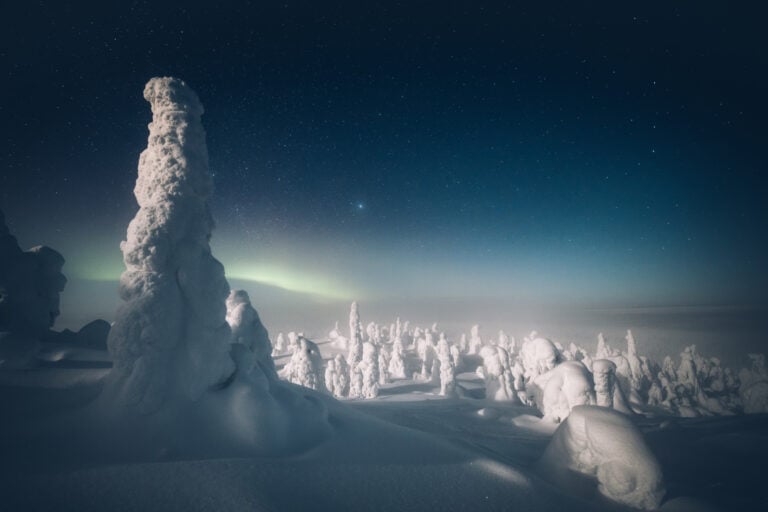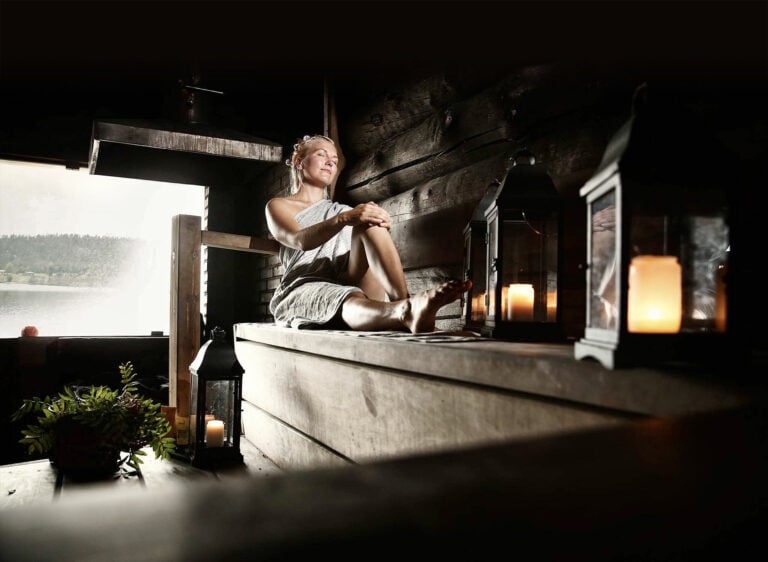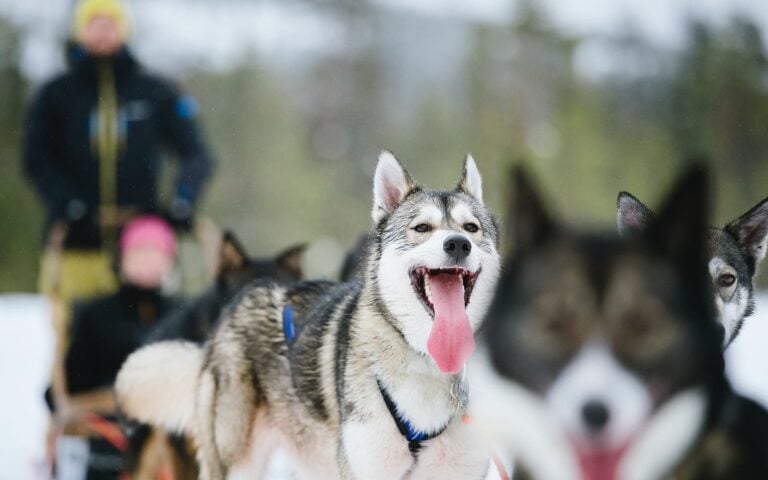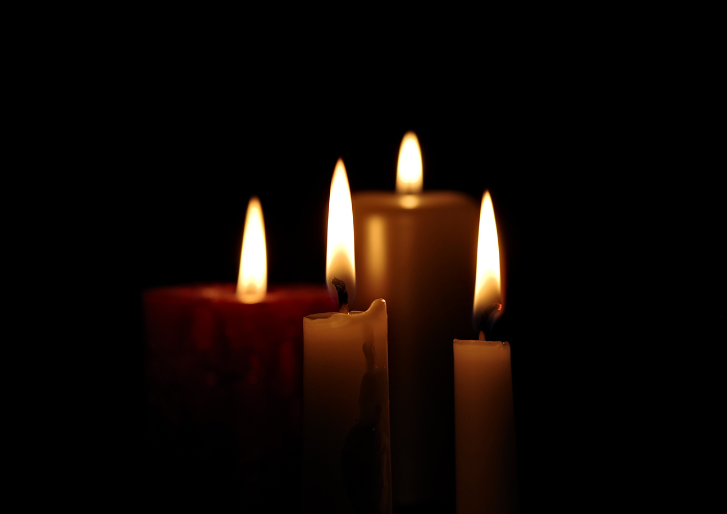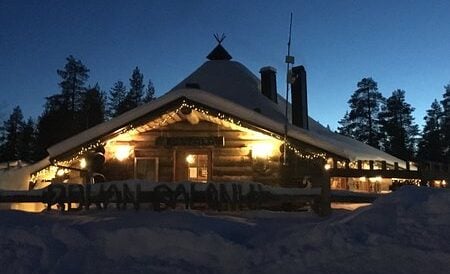How likely are you to see aurora borealis in Ruka during winter?
You have an excellent chance of seeing aurora borealis in Ruka during winter months. Located in Finnish Lapland at 66°N latitude, Ruka sits directly within the aurora oval, offering optimal viewing conditions from September through March. The region’s minimal light pollution, clear winter skies, and extended darkness periods create ideal circumstances for northern lights viewing, with visibility possible on approximately 150-200 nights per year during peak season.
Understanding Aurora Borealis Visibility in Ruka
Ruka’s exceptional location in Finnish Lapland makes it one of Europe’s premier destinations for northern lights Finland experiences. The resort town sits at the perfect latitude of 66°N, positioning it directly within the auroral zone where geomagnetic activity creates the most frequent and vibrant displays.
The geographic advantages of Ruka extend beyond latitude alone. The region’s elevation of approximately 500 metres above sea level provides clearer atmospheric conditions, whilst the surrounding wilderness ensures minimal light pollution interference. These natural factors combine to create optimal viewing conditions throughout the winter months.
Seasonal patterns in Ruka follow predictable cycles that benefit aurora hunters. The extended polar night period provides the essential darkness needed for northern lights visibility, with some winter nights offering up to 19 hours of potential viewing time. The region’s stable weather patterns and frequent clear skies further enhance the likelihood of successful aurora viewing experiences.
What Are the Best Months to See Northern Lights in Ruka?
The optimal period for aurora borealis Ruka viewing spans from September through March, with peak visibility occurring between October and February. During these months, the combination of sufficient darkness and active geomagnetic conditions creates the most favourable circumstances for northern lights displays.
September and March represent the shoulder seasons, offering moderate viewing opportunities as daylight hours gradually decrease or increase. These months can provide spectacular displays, particularly during the equinoxes when geomagnetic activity often intensifies.
The peak months of October through February deliver the most consistent viewing opportunities. December and January offer the longest nights, with darkness lasting from mid-afternoon until late morning. February often provides the clearest skies due to stable high-pressure systems, making it particularly popular among serious aurora photographers.
Weather conditions during these optimal months typically feature temperatures ranging from -5°C to -25°C, with February often being the coldest but clearest month. Snow cover during this period actually enhances aurora visibility by reflecting the lights and creating dramatic foreground elements for photography.
What Weather Conditions Are Ideal for Aurora Viewing in Ruka?
Clear skies represent the most critical weather requirement for successful northern lights viewing in Ruka. Cloud cover completely obscures aurora displays, making weather monitoring essential for planning viewing sessions.
Temperature considerations play a secondary but important role in aurora viewing success. Colder temperatures, typically below -10°C, often coincide with high-pressure systems that bring clear skies. These conditions create the crisp, transparent atmosphere ideal for vivid northern lights displays.
Local weather patterns in Ruka tend to favour aurora viewing during stable periods between weather fronts. The region’s continental climate produces frequent clear nights, particularly during winter months when high-pressure systems dominate. Wind conditions should be calm to moderate, as strong winds often indicate approaching weather systems that may bring cloud cover.
Humidity levels also affect visibility quality. Low humidity, common during cold winter nights, provides the clearest atmospheric conditions for aurora observation. These dry conditions enhance colour saturation and allow for better photographic opportunities.
How Does Ruka’s Location Affect Northern Lights Visibility?
Ruka’s position within the aurora oval provides exceptional advantages for northern lights viewing. This geographic sweet spot, located between 65°N and 72°N latitude, experiences the most frequent and intense aurora activity due to Earth’s magnetic field interactions with solar particles.
Light pollution levels in Ruka remain remarkably low compared to urban areas, with the nearest significant light sources being small towns at considerable distances. This pristine environment allows for viewing even subtle aurora displays that would be invisible in more populated regions.
The natural landscape features surrounding Ruka enhance the northern lights experience significantly. Open lakes, including the beautiful lake where luxury chalets are situated, provide unobstructed northern horizon views essential for aurora spotting. The surrounding fells and forests create dramatic silhouettes that frame aurora displays beautifully.
Elevation advantages at Ruka’s 500-metre altitude place viewers above much of the atmospheric moisture and pollution that can interfere with aurora visibility. This higher vantage point often provides clearer views during marginal weather conditions when lower elevations might experience reduced visibility.
What Time of Night Is Best for Seeing Aurora in Ruka?
The optimal viewing window for northern lights viewing in Ruka typically occurs between 9:00 PM and 2:00 AM, when astronomical darkness reaches its peak and aurora activity often intensifies.
Darkness requirements vary significantly throughout the winter season. In December and January, suitable viewing conditions begin as early as 6:00 PM and can extend until 8:00 AM the following morning. During September and March, the viewing window narrows to approximately 10:00 PM to 4:00 AM.
Aurora activity follows natural rhythms that peak during the late evening and early morning hours. Geomagnetic disturbances that create northern lights displays often intensify around midnight, making this period particularly rewarding for dedicated aurora hunters.
Seasonal daylight changes dramatically affect viewing opportunities. The polar night period from late November through January provides the most extensive viewing windows, whilst the shoulder months require more precise timing to catch displays during the limited dark hours.
Maximising Your Northern Lights Experience at Rukan Salonki Chalets
Successful aurora hunting Finland requires combining optimal timing with comfortable accommodation and expert local knowledge. The lakeside location provides unobstructed northern views essential for spotting aurora displays, whilst the surrounding wilderness ensures minimal light interference.
Key factors for successful aurora viewing include staying multiple nights to maximise opportunities, as northern lights displays can be unpredictable. Professional winter activities and guided aurora tours enhance your chances of witnessing spectacular displays whilst learning about the scientific phenomena behind them.
The comprehensive winter services available create the perfect base for northern lights tourism. Comfortable lakeside accommodation allows for easy monitoring of aurora conditions, whilst traditional log chalets provide authentic Lapland experiences between viewing sessions.
Planning your aurora adventure becomes effortless with specialised northern lights packages that combine optimal accommodation with expert guidance. These comprehensive offerings ensure you’re positioned in the right place at the right time for unforgettable aurora experiences.
For the ultimate Ruka chalets winter experience, consider booking your aurora adventure during the peak months of December through February, when the combination of extended darkness, clear skies, and active geomagnetic conditions creates the most magical northern lights displays in Finnish Lapland.


